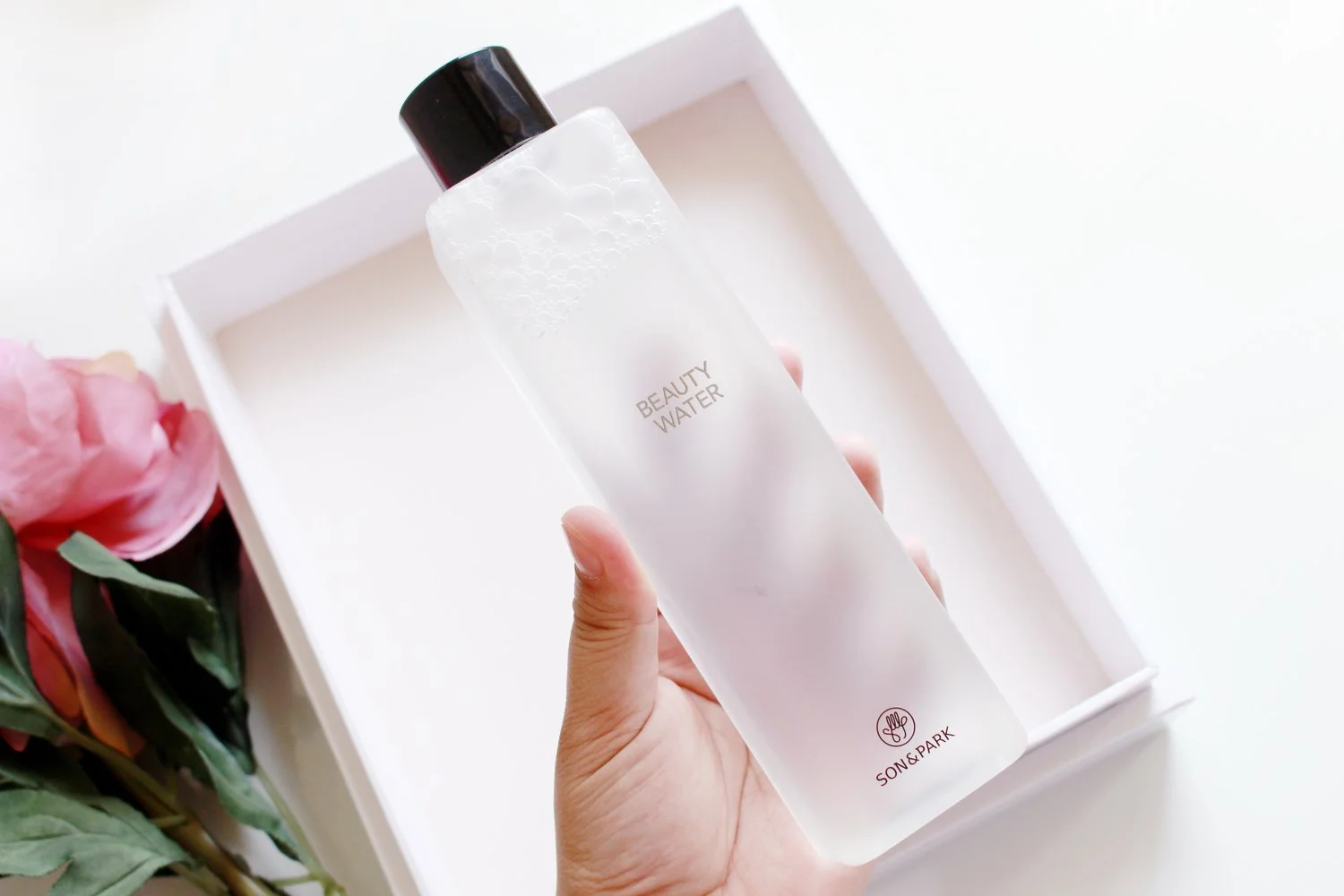The Grey Area: Why "useless" skincare ingredients still exist in beauty products
Beauty products have come a really long way. Gone are the days when people slathered on toxic substances like mercury, arsenic, and lead in the hopes of getting better skin. People willingly paid small fortunes for miracle tinctures, elixirs and salves without really knowing what’s in them. Nowadays, manufacturers normally list product ingredients from the highest to lowest content so that consumers have an idea not only of what goes into products but also roughly how much of each component is in the mix. It’s not a completely transparent system by any means, but at least buyers can now make better choices simply by checking the ingredients list.
While substances like glycerin, hyaluronic acid, and niacinamide benefit all skin types in a major way, we continue to see ingredients that don't really have a major effect on the skin. Sodium lauryl sulfate (SLS), parabens, and mineral oil have all been questioned; yet major brands continue to use them to formulate products. We’ve also been told that fragrances and alcohol tend to irritate our skin, yet many products have these on their labels. Why, oh why? As it turns out, while they don't have any skin-caring benefits, most of these substances are not that unnecessary.
Reason #1: It’s all about ratio
A product that has water listed first in its ingredients list doesn’t mean that it’s a heavily diluted, watered-down formula. Typically, the product base makes up quite a chunk of the total mix. Think of it as the vehicle to load all the good skin-caring stuff into. Some active ingredients work best at certain percentages, and in those cases the base ingredient does affect the effectivity of the product.
There still are a few exceptions, of course. My personal favorite would be In Her Element’s First Wash Cleansing Oil. Unlike every other cleansing oil I’ve tried, it’s mostly grapeseed oil, known to have brightening and anti-inflammatory properties.
Reason #2: It gives the product that texture we crave
Adding small amounts of mica or talc to a formula can give it a velvety feel. We might like a sunscreen with alcohol in it because it dries and sets easily, without the sticky feeling. Xanthan gum is also something pretty common in skin care products. While it sounds like a whitening chewing gum, this substance acts as a thickening agent, preventing products from being too runny. Dimethicone might be something you want to avoid but it’s in a lot of beauty products as it lends that smooth glide that feels so pleasant on the skin.
Reason #3: We are drawn to products that smell good
My skin has always reacted badly to heavily-fragranced beauty products. Still, when I try out testers, I end up liking the ones with pleasing scents! Fragrances add another dimension to the consumer experience, making the products a joy to use. If you still want to avoid them though, remember that fragrance-free formulas don't necessarily mean that they don't smell like anything. Fruit extracts, for example, naturally smell good and add skin-caring benefits to boot. You can also try essentials oils for a pleasant scent that isn't artificial.
Reason #4: Looking pretty doesn’t hurt
Adding pigments or coloring agents can further improve user experience. I mean, how would you feel about using a grayish lip balm or a lotion with a brownish tint? Like fragrances, colorants can be either plant-derived or synthetic. For some ingredients that fall under this category, looking more appealing is not the only benefit. Beta vulgaris root extract, for example, also has antioxidant properties. Titanium dioxide and zinc oxide not only affect product color, but also afford additional sun protection.
Reason #5: A decent shelf life is important
I feel like preservatives (particularly in skin care) have undeservingly gotten so much hate over the past few years. Parabens have become the dark face of this movement. And yes, there have been studies that showed how these have harmed skin - in 100% pure form. Most products contain less than 1% in their formula! Personally, I’d rather put my money into beauty products that's been formulated to last rather than on preservative-free options that are prone to bacteria, pathogens, and mold. Unless you can afford to be constantly repurchasing products, it's not an economical decision.
Besides, not all preservatives are bad. Sorbic acid, which is derived from mountain ash berries, are used even in contact lens solutions and food! Boric acid helps to stabilize many formulas, and also has skin-soothing properties.
There are so many intricacies that go into formulating beauty products. I can’t help but feel a lot of respect for cosmetic chemists and people brave enough to venture into the world of skincare (which includes our very own Liz, yay!). Even the tiniest alterations in formulation, like removing a skincare ingredient that makes up less than 1% of the product, can make or break a mix that’s been lovingly labored on. Let’s all have a little faith that makers know what they’re doing when they select skincare ingredients. While it’s crucial to keep a lookout for things your skin is sensitive to, don’t summarily dismiss something just because of one thing on the ingredients list. Who knows, it just might make your HG list!
What ingredients do you feel are unnecessary in many beauty products? Have you tried something that far surpassed your expectations lately? Do share in the comments section below!
Source: Paula’s Choice Beautypedia






